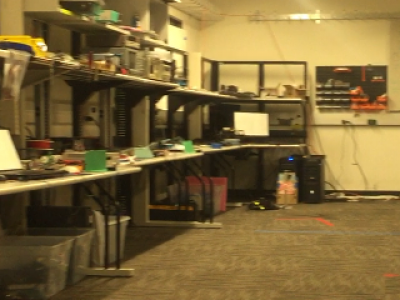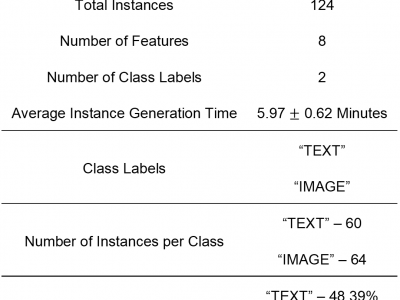Machine Learning
It is now widely known fact that the Cloud computing and Software defined network paradigms have received a wide acceptance from researchers, academia and the industry. But the wider acceptance of cloud computing and SDN paradigms are hampered by increasing security threats. One of the several facts is that the advancements in processing facilities currently available are implicitly helping the attackers to attack in various directions. For example, it is visible that the conventional DoS attacks are now extended to cloud environments as DDoS attacks.
- Categories:
 3997 Views
3997 ViewsWith the modern day technological advancements and the evolution of Industry 4.0, it is very important to make sure that the problem of Intrusion detection in Cloud , IoT and other modern networking environments is addressed as an immediate concern. It is a fact that Cloud and Cyber Physical Systems are the basis for Industry 4.0. Thus, intrusion detection in cyber physical systems plays a crucial role in Industry 4.0. Here, we provide the an intrusion detection dataset for performance evaluation of machine learning and deep learning based intrusion detection systems.
- Categories:
 4064 Views
4064 ViewsThis dataset is a supplement of the paper DANCE: Domain Adaptation of Networks for Camera Pose Estimation: Learning Camera Pose Estimation Without Pose Labels [1]. The dataset contains a sample scene of a robot garage. The scene was captured by a Leica BLK360 laser scanner, and 16 scans were merged into a single point cloud of 118M colored points. The dataset also contains ~100k synthetically rendered images and scene coordinates generated form the point cloud.
- Categories:
 232 Views
232 Views
The 5K EPP Dataset includes 5007 photos of water crystaks classified in 13 categories. This dataset was created under the leaderhip of Prof. Masaru Emoto.
- Categories:
 332 Views
332 ViewsHuman intention is an internal, mental characterization for acquiring desired information. From
interactive interfaces, containing either textual or graphical information, intention to perceive desired
information is subjective and strongly connected with eye gaze. In this work, we determine such intention by
analyzing real-time eye gaze data with a low-cost regular webcam. We extracted unique features (e.g.,
Fixation Count, Eye Movement Ratio) from the eye gaze data of 31 participants to generate the dataset
- Categories:
 645 Views
645 Views
Dementia classification from Magnetic Resonance Images by Machine Learning
- Categories:
 467 Views
467 Views
Our datasets_PAGML isbased on two public benchmark datasets SHREC2013 and SHREC2014. Sketches are the same as the original datasets. Each 3D shape in the the original datasets is represented as 12 views.
- Categories:
 194 Views
194 Views
This dataset is the supplementary material of an IEEE RAL paper named "Design of Fully Controllable and Continuous Programmable Surface Based on Machine Learning". It includes the z-displacement data derived from the FEA simulation, voltage input data derived from Matlab, and dataset for inverse application. The detailed description can be found in that paper.
- Categories:
 128 Views
128 Views


